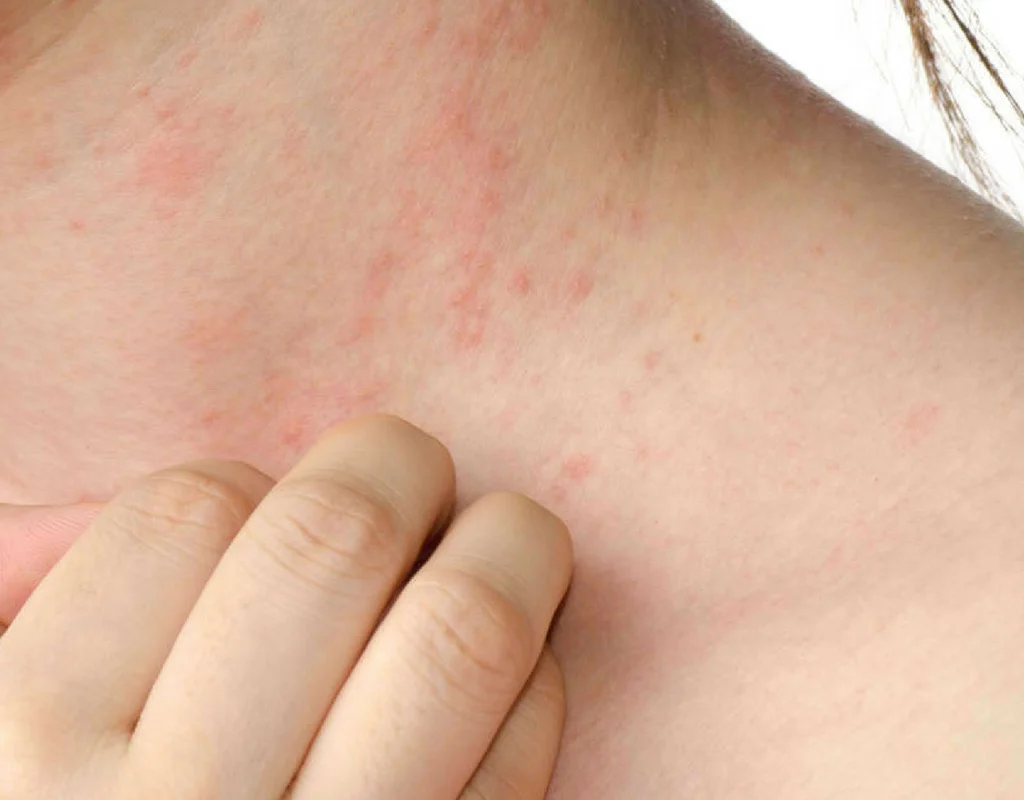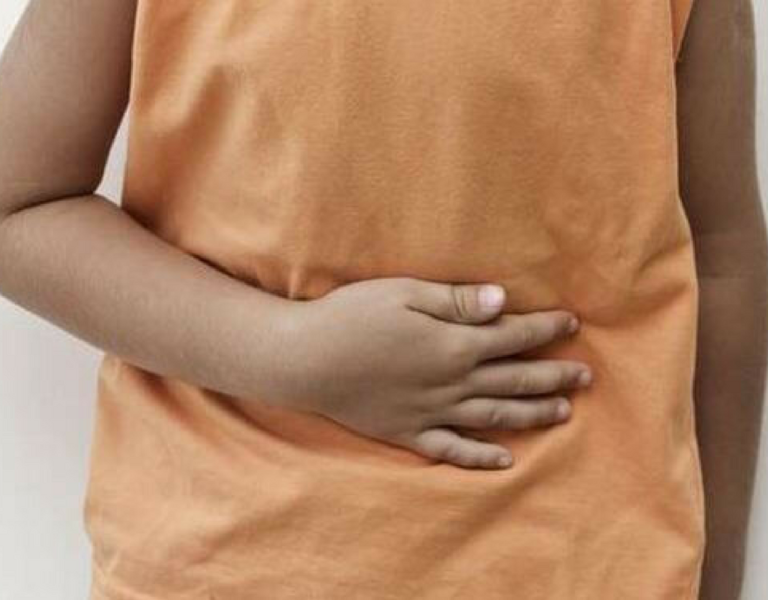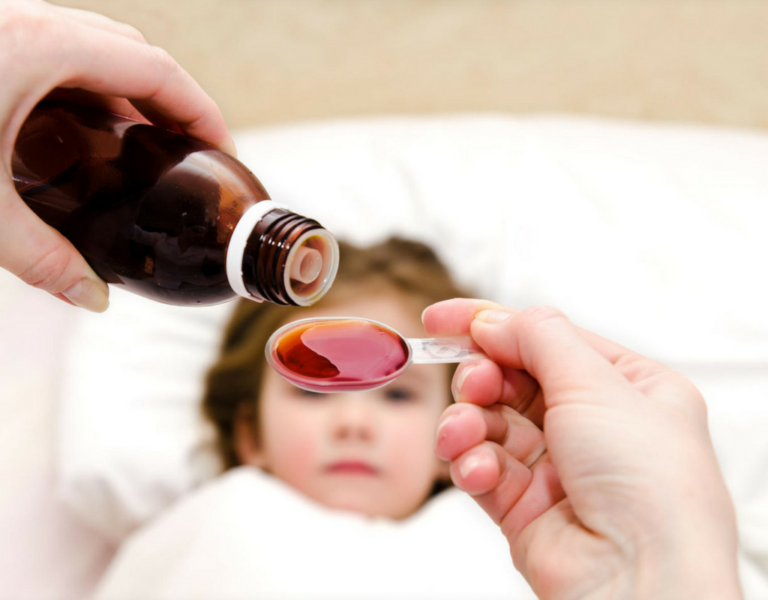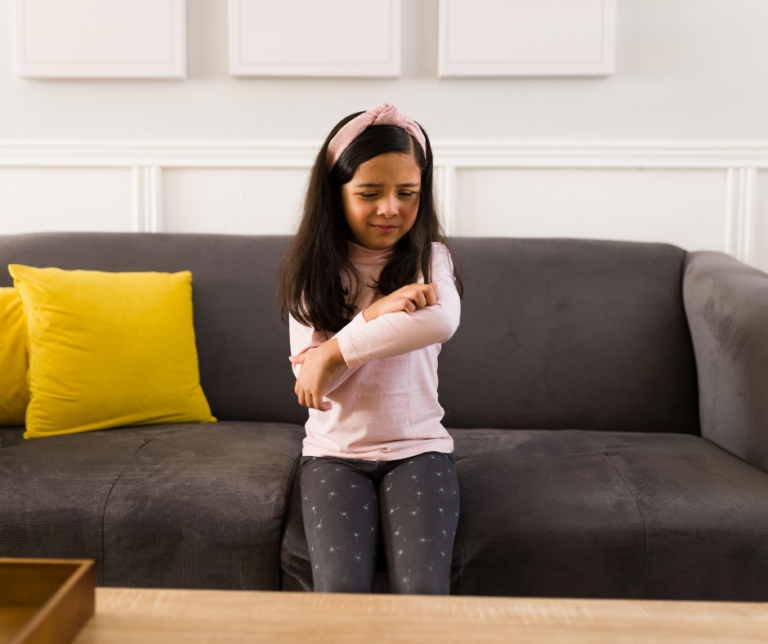By definition, a rash is a change in the color or texture of skin. There is huge variation in the appearance and cause of different types of rashes.
When you call us about a rash it is helpful to describe the rash to us. Some ways to describe a rash that can help us with the diagnosis are:
- Location: Widespread (over the whole body) or localized (just in one area)
- Texture: Flat (macular) vs. raised (papular) vs. blister-like (vesicular or pustular)
- Color: Erythematous (red), purple, white or even yellow or honey colored
- Blanching or non-blanching: A blanching rash will fade when you press on it and then will reappear. A non-blanching rash will not fade at all when pressed on. Typically non-blanching rashes appear dark red or purple.
- Associated symptoms: Is the rash painful? Itchy? Does the child have a fever? Is the child acting normally?
Causes:
There are many different causes of rashes. Broadly they fit into the following categories:
- Viral: In kids viral rashes are very common. Some viruses like hand-foot-mouth disease, roseola and Fifth’s Disease have very typical rashes. However, many viruses cause a non-specific red maculopapular rash (a rash that is flat in parts and slightly raised in parts) that will fade in a few days.
- Bacterial:
- Bacteria can cause a localized rash when a child has a cellulitis or skin infection.
- Some bacteria like the Lyme disease bacteria cause a rash that is diagnostic for that bacteria (in Lyme disease this is a red target-like rash).
- Some bacteria can also cause a widespread rash that may be typical for that particular bacteria (the most common is the rough sandpaper-like red rash on the chest that we see with Strep throat).
- A child who is septic (bacteria in their blood) might have a high fever and petechiae (tiny purple-red dots that do not blanch).
- Allergic: Food allergies or other allergies can cause a rash, usually hives (urticaria).
- Contact dermatitis: Some kids will develop a rash after contact with certain irritants. For example, poison ivy (or other plants), nickel, soap/lotion/sunscreens, laundry detergents and even the dye in some clothing can cause rashes in kids who are susceptible.
Emergency Care:
Call us or seek care immediately if:
- Your child is ill appearing. This would include a child who is lethargic or very irritable and unable to be consoled. This might also include a child who has a high fever, who is vomiting, or who has a headache or stomachache.
- The rash looks like purple bruises or small purple dots or the rash does not blanch. These rashes may be purpura or petechiae and may be associated with a serious bacterial illness.
- A red rash that is localized begins to quickly spread. This may be associated with a fast moving cellulitis or skin infection.
- Your child appears to be having an allergic reaction. Hives are typically quite itchy and usually widespread. They may come and go but do not completely go away. They are red and look somewhat like large mosquito bites or welts. If your child has any swelling of the mouth or lips or trouble breathing, it is an emergency and you should call 911.
When to Schedule an Office Visit:
Rashes are one of the more difficult things to diagnose over the phone so it is often best to schedule an appointment to be seen.
The following situations warrant an office visit ASAP but may not need emergency care:
- The rash is painful.
- A rash accompanied by other symptoms (sore throat, cough, fever, headache).
- A rash that looks like a bulls-eye or target.
- Your child is under two months old or not fully immunized and has a rash other than diaper rash.
- Also call us for rashes that are persistent (lasting more than 3-4 days in a child who is otherwise healthy) and rashes that recur (especially if you have any suspicion of food or other allergy).





